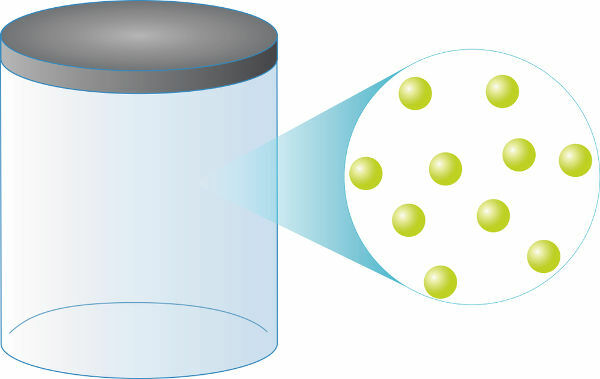O Mercosur, as is known, is an economic bloc created in 1991, with the signing of the Treaty of Asuncion, which currently functions as a Union Customs, that is, a commercial agreement that operates through the creation of a Common External Tariff (TEC) on the same product imported by all the member countries.
This economic bloc has three different groups of member countries:
permanent members: are those countries that are fully part of Mercosur, adopt the TEC and make up all the bloc's agreements, in addition to having voting powers in decision-making instances. Permanent members are Argentina, Brazil, Paraguay and Uruguay. (Venezuela was accepted as a permanent member in 2012 and suspended of the block in December 2016.)
Associate members: are those countries that are not fully part of the Mercosur agreements, mainly because they are not adopt the TEC, but who are part of the bloc in order to expand their trade with other countries of the block. Associate members are Bolivia, Chile, Colombia, Ecuador, Peru, Suriname and Guyana.
observer membersare you: composed of Mexico and New Zealand, this group is intended for countries that wish to monitor the progress and expansion of the block without the commitment to be a part of it, being able to become an effective member or associate in the future. In the case of Mexico, this will be very difficult, given that this country is already part of two other blocs: NAFTA and APEC.
In terms of internal organization and structuring, Mercosur is made up of some institutions that have specific functions and seek to ensure the smooth running and development of the bloc, they are:
The) CMC (Common Market Council): It is the main Mercosur organ, being responsible for the main decision-making in the bloc. It is composed of the Ministers of Foreign Affairs and Economy of all effective members and presents two meetings a year, with the presence of the presidents being mandatory in at least one of these meetings.
B) GMC (Common Market Group): It is the executive organ of Mercosur, being composed of titular and alternative representatives of each of the effective members of the bloc. This group meets quarterly, but there can be extraordinary meetings at the request of any of its participants.
ç) CCM (Mercosur Trade Commission): It is the body responsible for managing decisions on trade in Mercosur. Its functions involve the application of political and commercial instruments within the bloc and with third parties, in addition to creating and supervising bodies and committees for specific functions.
d) CPC (Joint Parliamentary Committee): represents the parliaments of Mercosur member countries. It is the body responsible for the operationalization and maximum efficiency of the bloc's legislative body.
and) Economic and Social Advisory Forum: is the body that represents the sectors of economy and society of each member of Mercosur. It has a consultative character only, operates through recommendations to the GMC and can include the participation of private companies around it.
In addition to these bodies, there are other bodies and secretariats linked to the names presented above. Together, these elements make up the Mercosur structure, working to organize it and supporting its actions and market strategies. Its correct functioning means guaranteeing the cohesion and harmony of this important economic bloc.
By Rodolfo Alves Pena
Graduated in Geography
Source: Brazil School - https://brasilescola.uol.com.br/geografia/organizacao-estrutura-mercosul.htm



